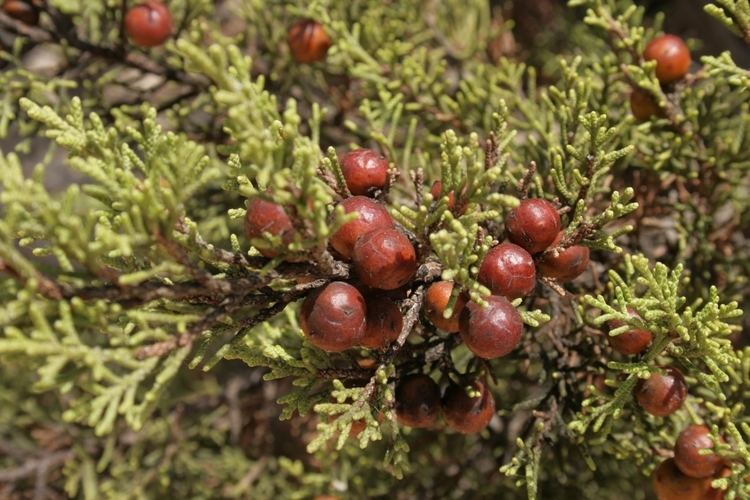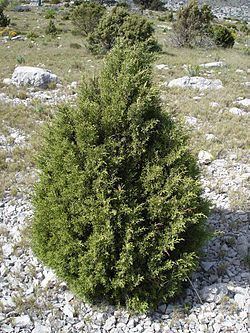Order Pinales Genus Juniperus Higher classification Juniper | Division Pinophyta Scientific name Juniperus phoenicea Rank Species | |
 | ||
Similar Juniper, Juniperus oxycedrus, Juniperus thurifera, Pinus halepensis, Cypress | ||
Juniperus phoenicea in el hierro island canary spain
Juniperus phoenicea, the Phoenicean juniper or Arâr, is a juniper found throughout the Mediterranean region, from Morocco and Portugal east to Italy, Turkey and Egypt, south on the mountains of Lebanon, Israel, Jordan, and in western Saudi Arabia near the Red Sea, and also on Madeira and the Canary Islands. It mostly grows at low altitudes close to the coast, but reaches 2,400 metres (7,900 ft) altitude in the south of its range in the Atlas Mountains. It is the vegetable symbol of the island of El Hierro.
Contents
- Juniperus phoenicea in el hierro island canary spain
- Bonsai zero sabina negra juniperus phoenicea
- Description
- Varieties
- Uses
- References

Bonsai zero sabina negra juniperus phoenicea
Description

Juniperus phoenicea is a large shrub or small tree reaching 2–12 metres (6.6–39.4 ft) tall, with a trunk up to 1 metre (3.3 ft) diameter and a rounded or irregular crown. The leaves are of two forms, juvenile needle-like leaves 8–10 mm long on seedlings, and adult scale-leaves 0.5–2 mm long on older plants; they are arranged in opposite decussate pairs or whorls of three. It is largely monoecious, but some individual plants are dioecious. The cones are berry-like, 6–14 mm in diameter, orange-brown, occasionally with a pinkish waxy bloom, and contain 3-8 seeds; they are mature in about 18 months. The male cones are 2–4 mm long, and shed their pollen in early spring.
Varieties
There are two varieties, treated as subspecies by some authors:

Uses

The tree's essential oil is especially rich in the tricyclic sesquiterpene thujopsene; the heartwood contains an estimated 2.2% of this hydrocarbon. The biochemist Jarl Runeburg noted in 1960 that "Juniperus phoenicea appears to be the most convenient source of thujopsene so far encountered."

